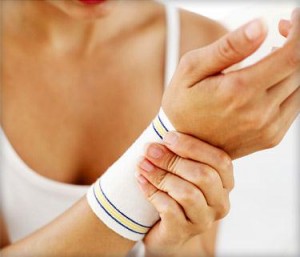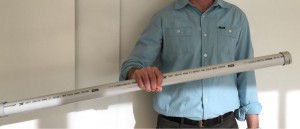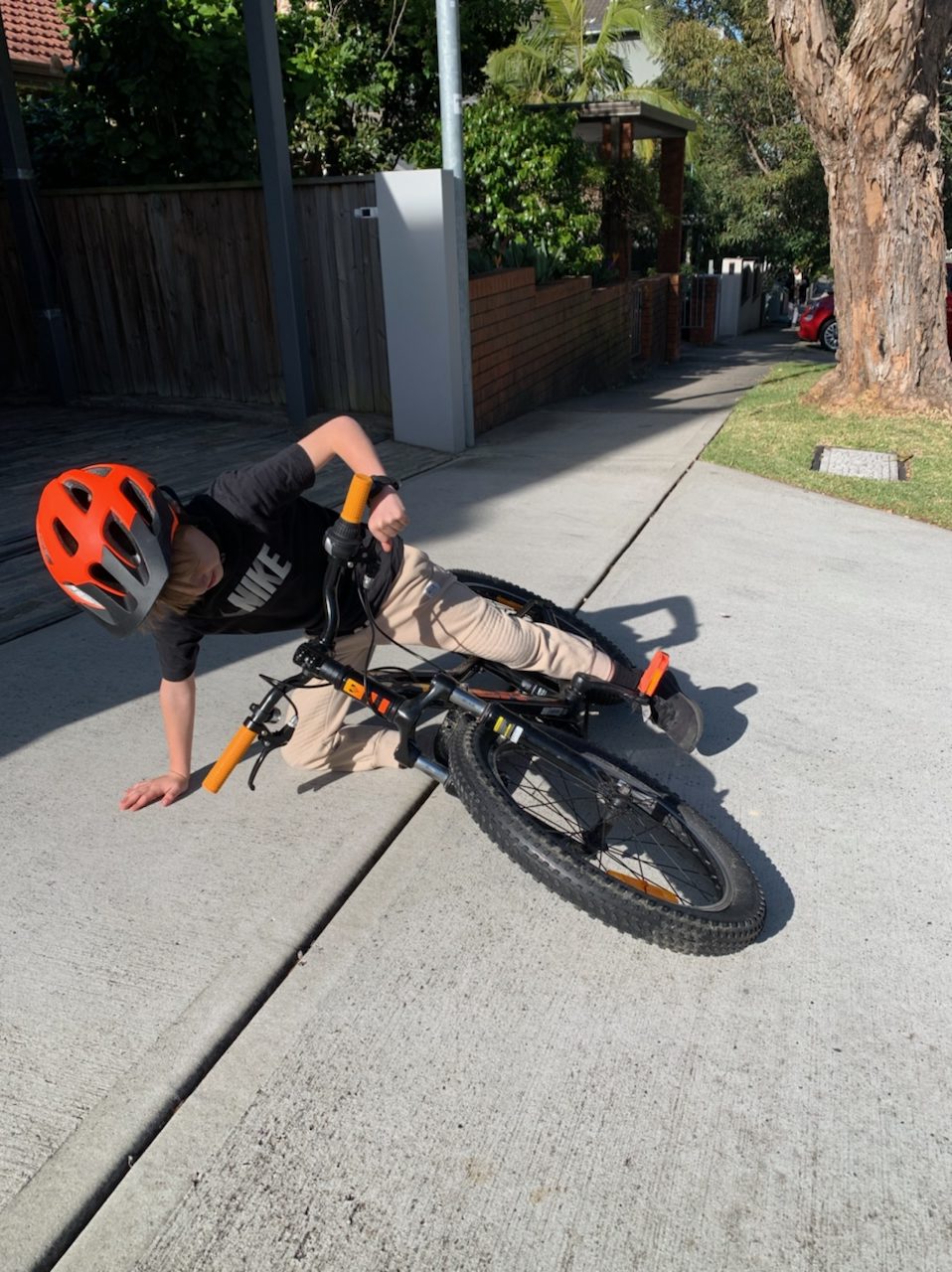The wrist is an incredibly complex and inherently unstable joint whose main functions are:
- Movement
- Positioning the hand for function
- Positioning to make the most of muscle function.
Therefore the sense of proprioception is extremely important in a normal pain free wrist and something that needs to be appropriately rehabilitated after injury.
Proprioception – definition
“The ability to sense the position and location and orientation and movement of the body and its parts”
The Wrist – brief anatomy
A strong, complex network of intra-articular ligaments and extrinsic ligaments act to maintain the carpal position and guide motion between the carpus. Injury to these ligaments can lead to instability which in turn decreases our ability to function. Restoring joint congruence and restoring equal strength to both agonist and antagonist muscles is required for return of function.
Case study/example
A right handed 33 year old male was doing a triceps dip in a pilates reformer class 18 months ago when he felt a sharp pain in his left wrist. He avoided use for a few days, the pain stopped, he returned to normal activity and thought no more of this simple “wrist sprain”. However, over time he found smaller and smaller incidents lead to a recurrence of his pain and each time it was taking longer and longer to settle down again. Investigations (x-ray and MRI) were normal.
Appropriate acute management
Initial treatment of rest, ice and avoidance of aggravating activities are generally well done. However, this often leaves the wrist weak and with impaired proprioception, resulting in recurrence of the injury.
Proprioception Exercises
A specific home exercise program needs to be pain free and graded depending on the extent of injury. Just as we must learn to crawl before we walk or run, it is important to assess where each patient is at and exercise accordingly. We often start with isometric exercises for pronator quadratus and other stabiliser muscles. Then progress to eccentric, then concentric exercises, finally adding complex and dynamic aspects such as juggling and weight bearing through moving surfaces. Hagert (2010) outlined the six important stages in rehabilitation.
“Just a Wrist Sprain”
These injuries can be easily ignored in a busy practice but the earlier we can begin to strengthen the affected wrist the sooner function is restored and the risk for reinjury is minimised.
Case Study
He diligently attended Hand Therapy and carried out his home exercise program over a period of 3 months. There has been no re-injury to date!
Slosh Pipe
One of our favourite proprioception exercises: a pipe half filled with water. Can you keep the water and the pipe level?!
References
Hagert E. (2010) Proprioception of the Wrist Joint: A Review of the Current Concepts and Possible Implications on the Rehabilitation of the Wrist. Journal of Hand Therapy 23: 2-17






